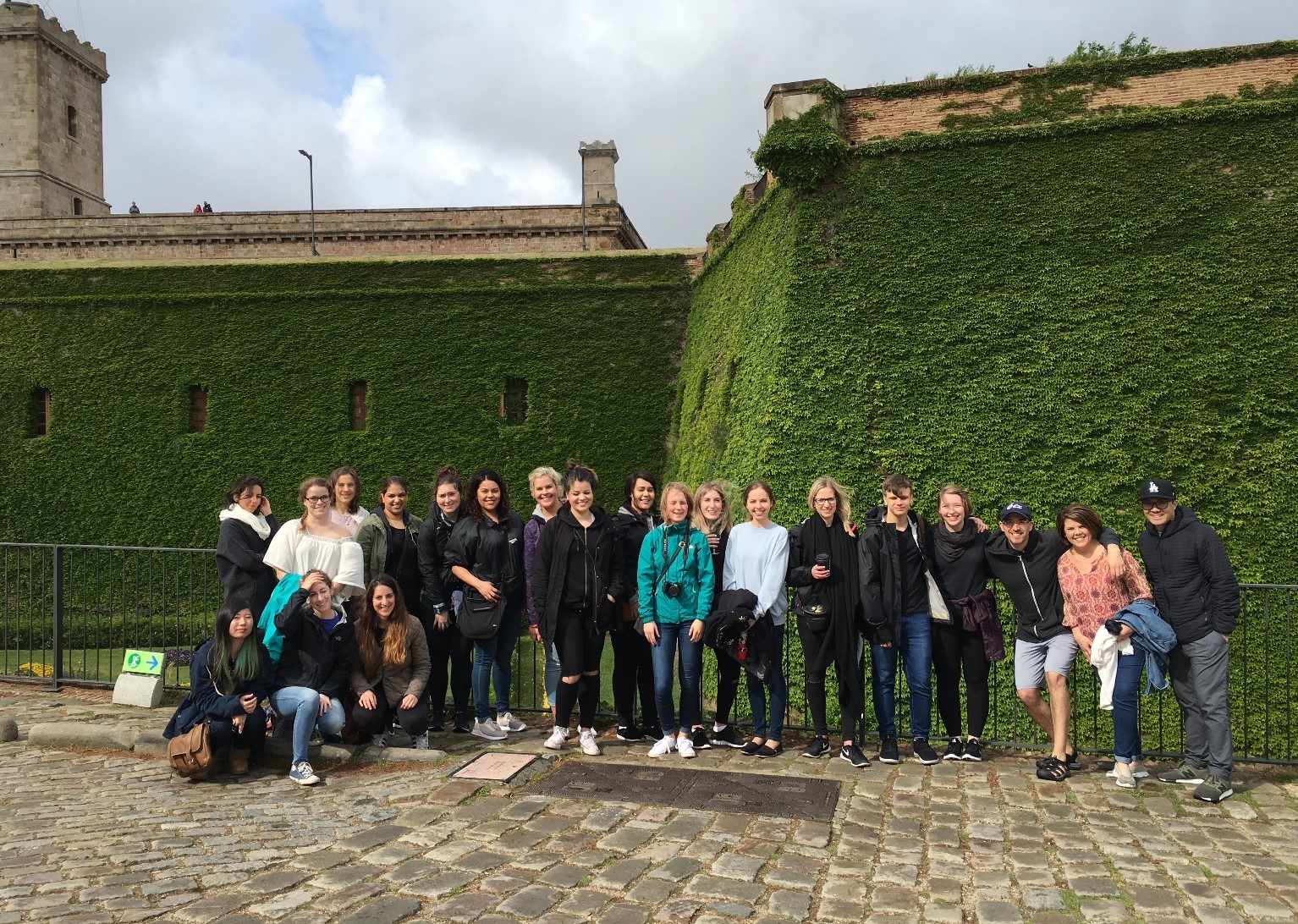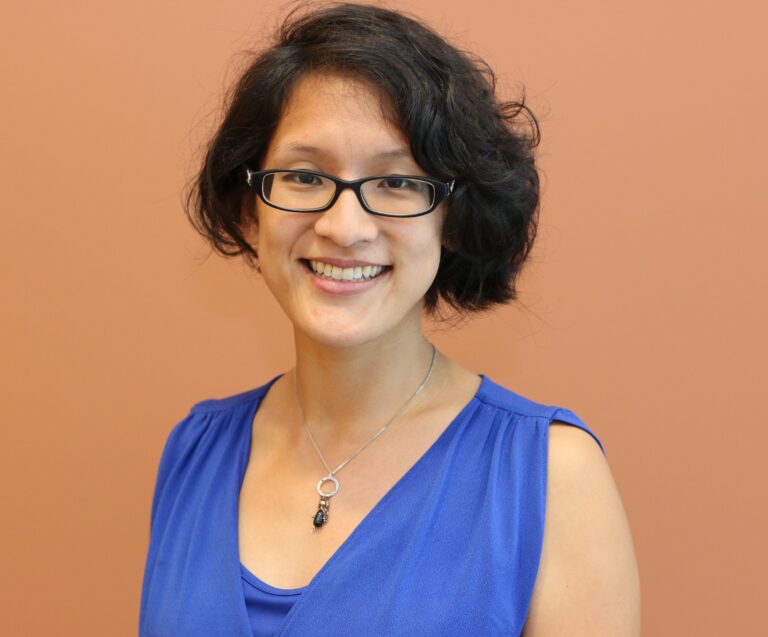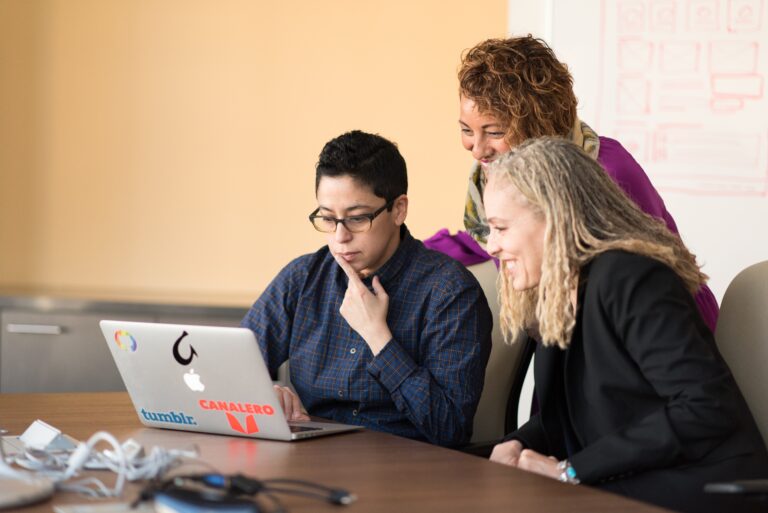Faculty Spotlight: Paola Gavilanez
Why interior design?
“It was always an interest,” Paola begins. “Growing up, I was always doing things with my hands,” such as making houses out of cardboard boxes for her Barbies. “Instead of playing with the Barbies, I would do staging and not touch it.” This isn’t surprising to learn. Paola’s father and aunt were architects, another aunt an interior designer, and her mother had a keep eye for design. Paola carried this passion into school, taking ceramics, weaving, and drawing. “I wanted something that was close to touch, to feel to the human experience.”
Moving to Canada
Raised in Ecuador, Paola lived there until age 27 when she decided to make a bold move and move up to the wet coast. She landed in BC in September. The blustery winds and cold, pelting rains were a stark contrast from the extreme heat in Ecuador. But Paola was determined to make a life for herself and her family here, making the bleak weather adjustment the least of her worries. She humbly accepted a job for $12 an hour with a commute of an hour and a half both ways, working part-time in a showroom. And over the years, Paola’s passionate personality, determination and hard work paid off, eventually working her way into roles as faculty at KPU as well as working in the interior design industry as a registered designer.
Teaching Philosophy
Being a teacher is not a role Paola takes for granted, as shown when describing her teaching philosophy.
Design philosophy: It stems from a powerful emotional response people have to design, especially in nature. “I believe that continued study of the principles and elements of design as they exist in our environment can serve not only as inspiration for design solution, but as a benchmark of quality.”
Teaching philosophy: “My teaching philosophy grows from the deep respect I have for students. I feel privileged and honored to join them as they journey in the discovery of a design process to call their own, there being many solutions for every problem. I see myself as a mentor, not a professor. I don’t profess, I nudge, I mentor. That’s my favourite part of teaching, is the ability to mentor as opposed to telling people what to do.”
Paola’s personal experience of emigrating from Ecuador to Canada helps her sympathize with international students, and any student who might be struggling for any reason. Her supportive approach encourages students to thrive.
ePortfolios
Not only is Paola an engaged teacher (mentor), she is committed to providing high impact courses to her students. This started with a time release last year, where she explored the potential for ePortfolio use in the Wilson School of Design. The result was a series showcasing graduate portfolios, which would be worked on by students through the entirety of their programs. This approach to using ePortfolios would “document soft skills, team skills, leadership skills, things not obvious in final showcase portfolios” that show end result projects. She wants students to show the “messy stuff” that got them to the beautifully presented, finalized projects.
Paola was so intrigued by the benefits that ePortfolios provide to students that she teamed up with Teaching & Learning Commons Educational Consultant, Gillian Sudlow, to dig a little deeper. Together, they have been hard at work to explain to faculty how easy PebblePad, the software used to generate ePortfolios, is to use, not only for faculty but also for students. This reduces the stress that faculty can sometimes feel when continually being faced with pressure to learn new software.
In addition to presenting to faculty, Paola and Gillian are also working on an ePortfolio skeleton. This could be used as a template by faculty in various departments, further diminishing the stress of feeling like they have to create something from scratch. This template would be used through students’ four year programs, the end of which would leave them with a full package of their progression through school, showing the mess of exploring new ideas, mistakes and lessons learned, and the polished, finished projects.
I asked Paola how much time she spends teaching students how to use PebblePad. Surely instructors would not be enthusiastic to adopt this new platform into their coursework if they’re also taking on the burden of teaching students how to use it, and answering the numerous questions that are sure to arise. Paola assured me she has not spent time teaching anyone, faculty or students, how to use PebblePad. It is user friendly, and by clicking around, the user can naturally figure out how to navigate the interface.
You can watch Paola and Gillian’s Partner Spotlight presentation, which was part of The Teaching & Learning Commons’ recent event, Appreciating Teaching Excellence! Mark your calendars for round two, being held March 16th, 2023!






